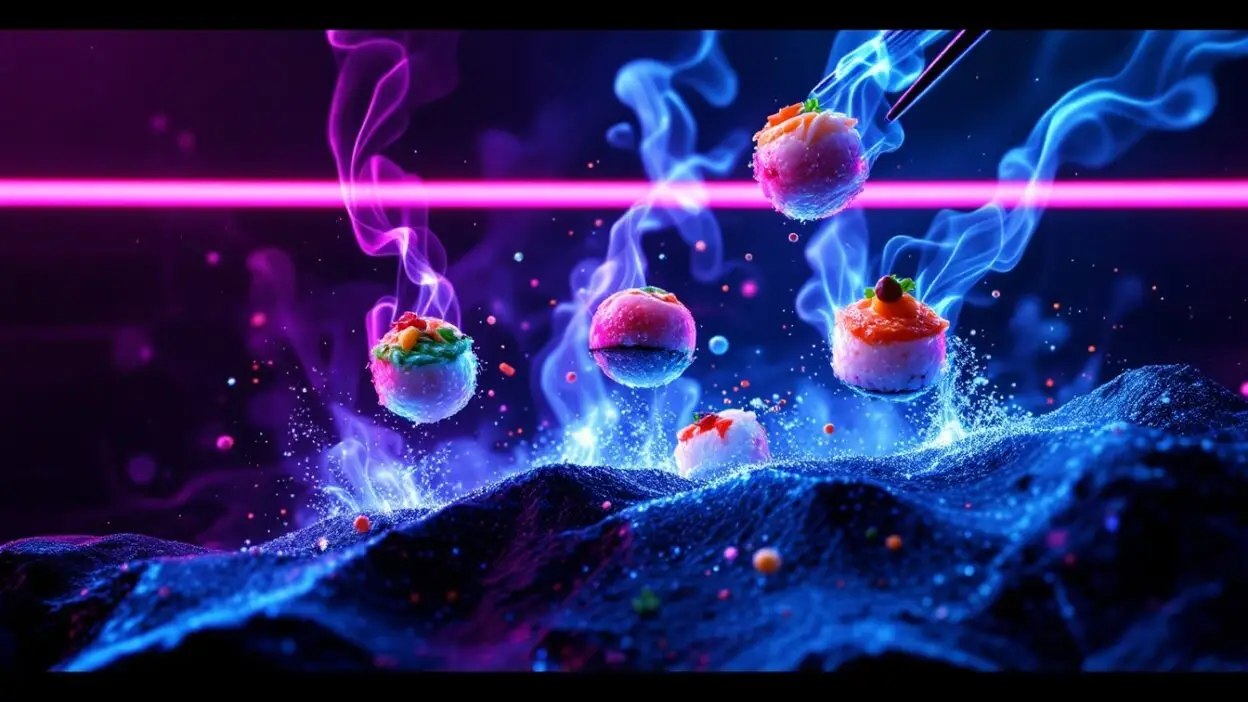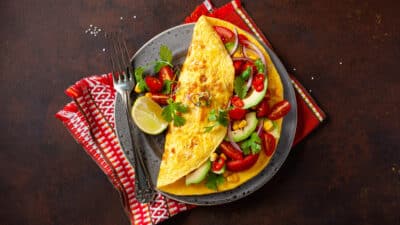Molecular food, often referred to as “molecular gastronomy,” blends culinary arts with scientific principles. It explores how ingredients transform through physical and chemical processes during cooking. This innovative approach allows chefs to create unique textures and flavors that surprise the palate.
Chefs utilize techniques such as spherification and emulsification to reimagine traditional dishes. For example, fruit juices can turn into delicate spheres that burst with flavor. These fascinating techniques not only enhance the dining experience but also challenge the norms of conventional cooking.
The beauty of molecular food lies in its ability to engage multiple senses. Diners enjoy unexpected presentations and intriguing combinations that elevate their meals. This movement continues to inspire creativity in kitchens worldwide, inviting both chefs and food lovers to explore new culinary landscapes.
Exploring Mole: A Traditional Dish
Mole is a rich and complex sauce integral to Mexican cuisine. It combines various ingredients, each contributing to its unique flavor profile and history. Understanding its roots, key ingredients, and cultural significance reveals much about this beloved dish.
The Origins of Mole
Mole has ancient roots, tracing back to the Aztecs. Initially, it was made with simple ingredients like chili peppers and spices. Over time, Spanish colonization introduced new elements, including chocolate and nuts.
There are several regional variations of mole, each with distinct characteristics. For example, the well-known mole poblano originates from Puebla. This version blends dried chilies, chocolate, and spices, creating a deep, complex flavor. The evolution of mole reflects both indigenous and colonial influences.
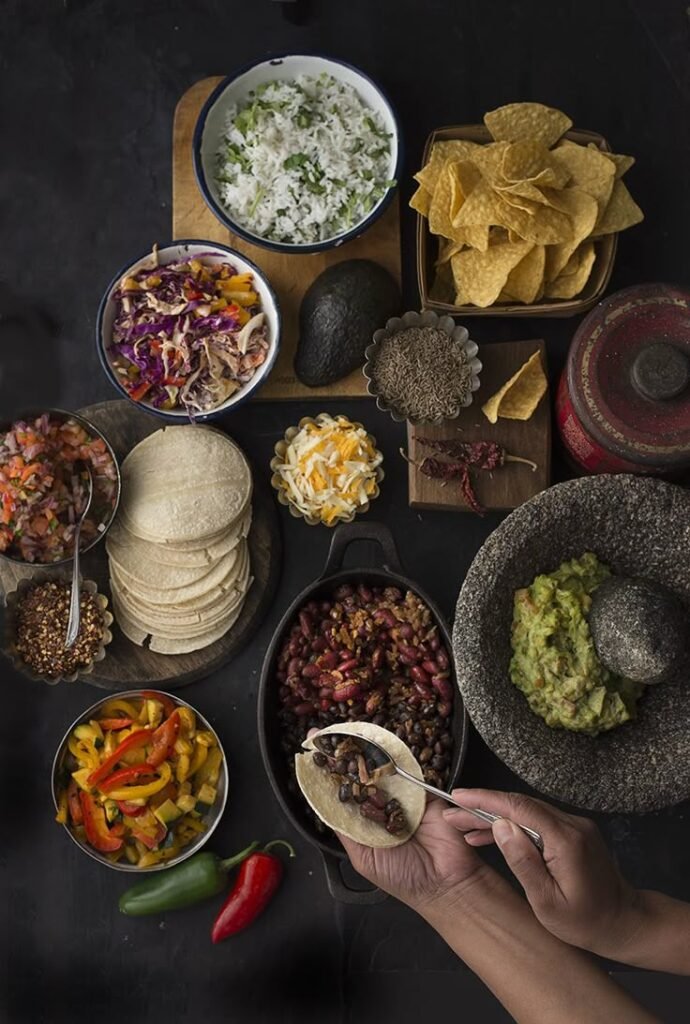
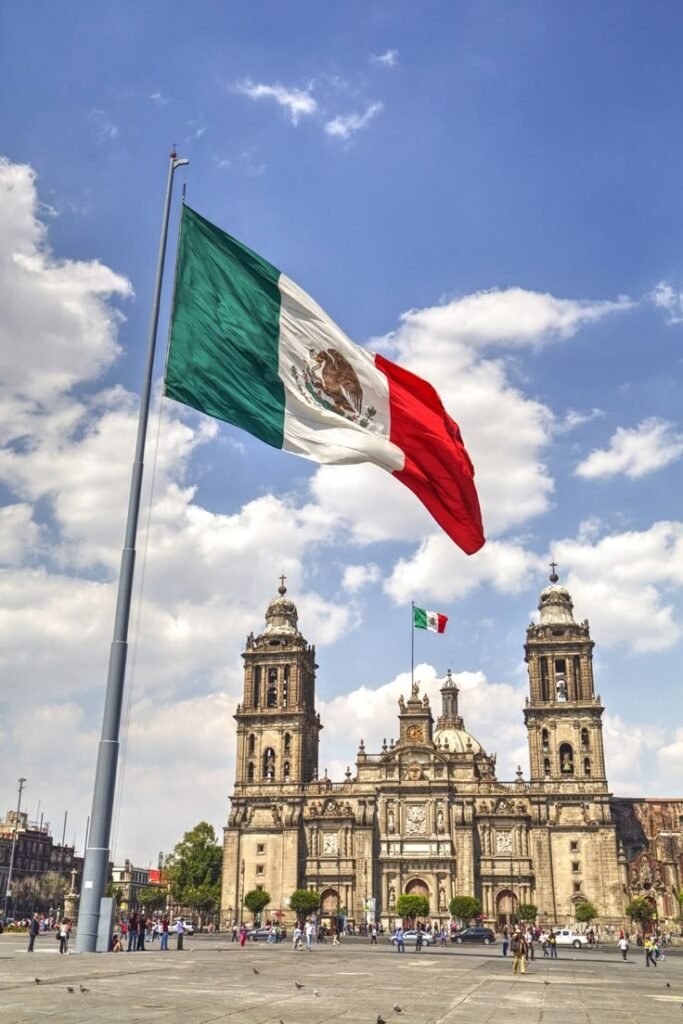
Key Ingredients and Variations
Key ingredients in mole vary by region. Common elements include:
- Chilies: Often the base flavor, they provide heat and depth.
- Chocolate: Adds richness and balance.
- Nuts and Seeds: Ground to create texture and enhance flavor.
- Spices: Cinnamon, cloves, and allspice offer aromatic notes.
Variations exist, such as mole verde, which uses green ingredients like tomatillos and cilantro. Another example is mole negro, known for its deep color and rich flavor. Each version showcases the creativity and local ingredients of the region.
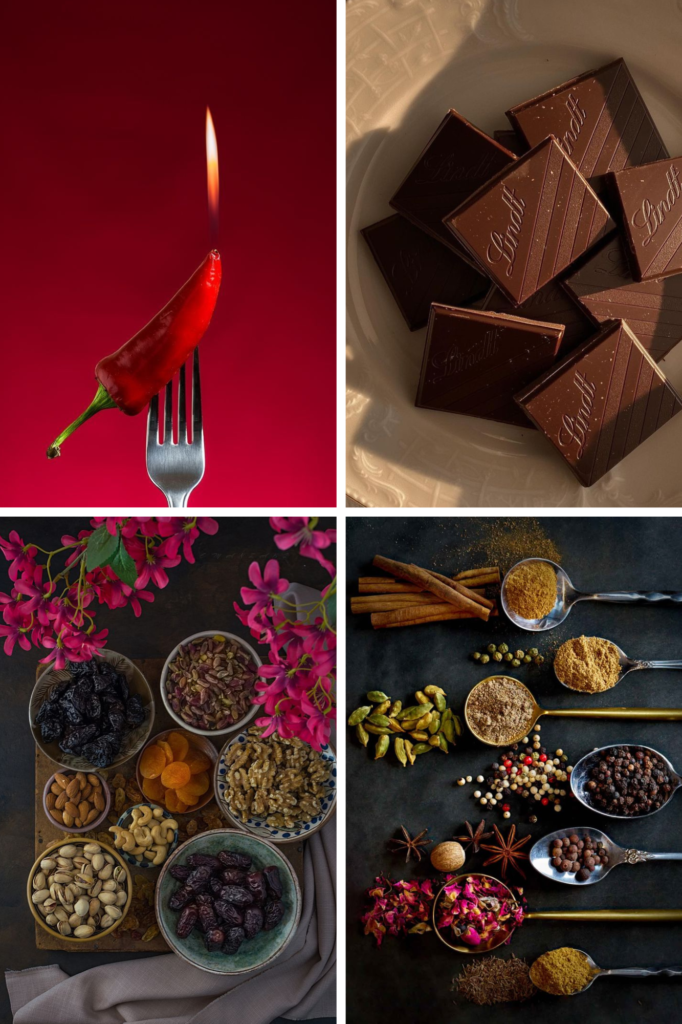
Mole in Cultural Context
Mole holds significant cultural importance in Mexico. It is often served during festivities, celebrations, and religious occasions. Preparing mole can be a communal activity, bringing families together.
Different types of mole represent regional pride and identity. It symbolizes the fusion of indigenous and colonial foods, highlighting Mexico’s diverse culinary heritage. In contemporary settings, chefs innovate with mole, experimenting while respecting traditional techniques. This balance preserves its legacy while adapting to modern tastes.
Molecular Gastronomy: Food Meets Science
Molecular gastronomy explores the intersection of cooking and scientific principles. It transforms ingredients through innovative techniques, resulting in unique flavors and textures.
The Concept of Molecular Gastronomy
Molecular gastronomy combines culinary arts with scientific methods. Chefs study how heat, cold, and chemical reactions affect food. They manipulate ingredients to create dishes that surprise and delight. For example, they can transform liquid into foam or create gels from liquids using gelling agents.
This approach relies on understanding the physical and chemical properties of food. Techniques such as spherification create liquid-filled spheres that burst in the mouth. Other methods include sous-vide cooking, which uses precise temperature control to achieve perfect doneness.
Chefs often experiment with flavor pairing and aroma. They understand that taste involves more than just flavor. Texture, temperature, and appearance all play crucial roles in the dining experience.
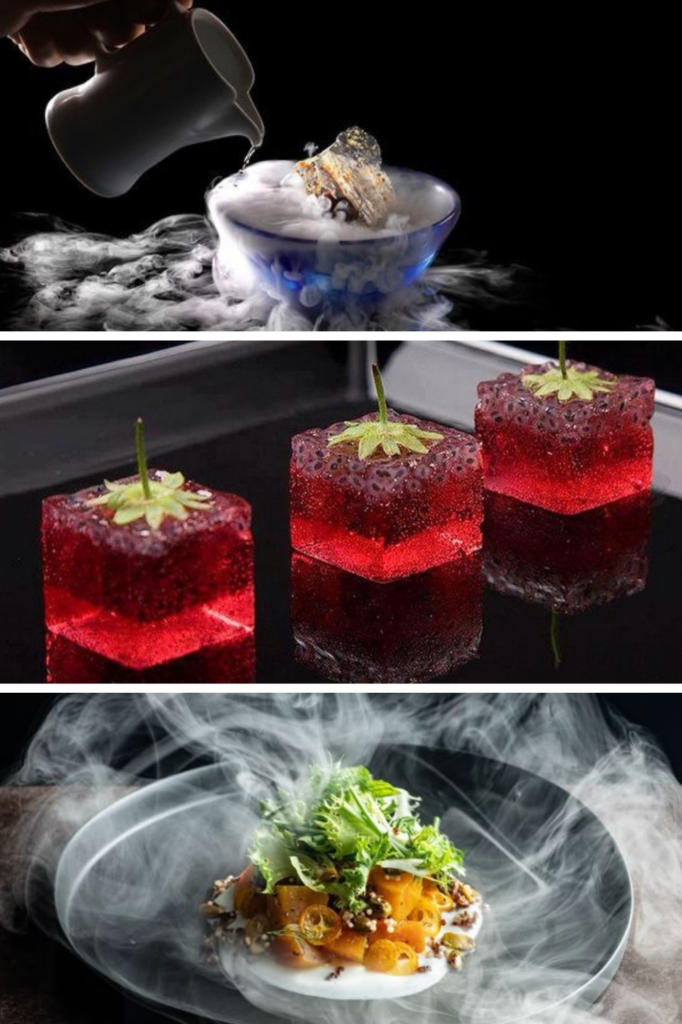
Pioneers and Key Techniques
Several chefs have pioneered molecular gastronomy, bringing scientific techniques to mainstream cuisine. Ferran Adrià is one of the most influential figures. His restaurant, El Bulli, showcased inventive dishes that challenged traditional cooking methods.
Another key figure is Heston Blumenthal, known for dishes like bacon and eggs ice cream. He embraces the scientific method, emphasizing experimentation in his kitchen.
Common techniques in molecular gastronomy include:
- Spherification: Creating caviar-like beads from liquids.
- Foaming: Using whippers to create flavored foams.
- Sous-vide: Vacuum-sealing food and cooking it in a water bath.
These techniques enhance the sensory experience and elevate dining to an art form. Chefs continue to explore and refine these methods, pushing the boundaries of conventional cooking.
Fusion of Mole and Molecular Cuisine
Mole provides a rich base for experimenting with molecular cuisine techniques. This fusion creates new textures, flavors, and presentations that surprise diners.
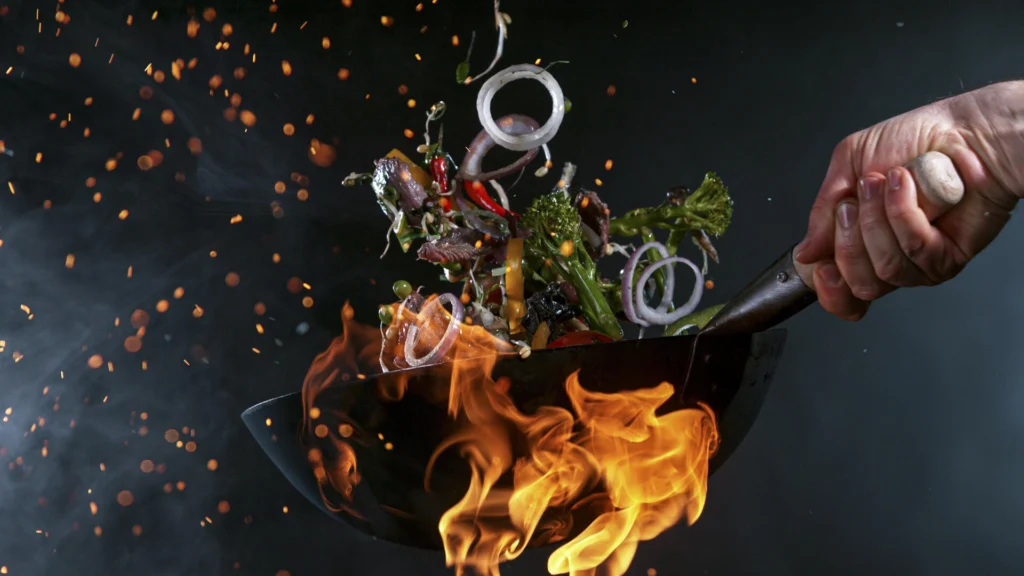
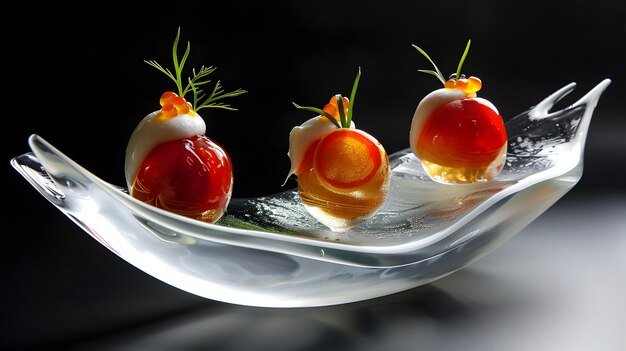
Innovative Interpretations of Mole
Chefs transform traditional mole sauces using molecular gastronomy. Techniques such as spherification and foaming introduce unexpected elements. For instance, a chef might create mole-flavored spheres that burst with flavor in the mouth.
Another method involves using emulsification to create light, airy foams infused with mole spices. The result is a unique experience that retains the essence of mole while presenting it in novel forms. These innovations maintain the deep-rooted flavors while inviting a modern twist.
The Sensorial Experience
The fusion elevates dining into a multi-sensory journey. Diners engage with textures, aromas, and visual elements that challenge their expectations.
As an example, a dish might feature mole alongside charred vegetables, where smoky flavors contrast with the richness of the sauce. The interplay of temperature becomes essential. A warm mole paired with cold, crispy elements creates a dynamic mouthfeel.
Every bite invites curiosity, making each dish memorable. This focus on the sensorial experience enriches traditional mole, highlighting its versatility in contemporary cuisine.
The Impact on Culinary Arts
Molecular gastronomy has transformed the landscape of culinary arts, introducing innovative techniques and unexpected flavor combinations. Its influence is evident in modern cooking trends and various international cuisines.
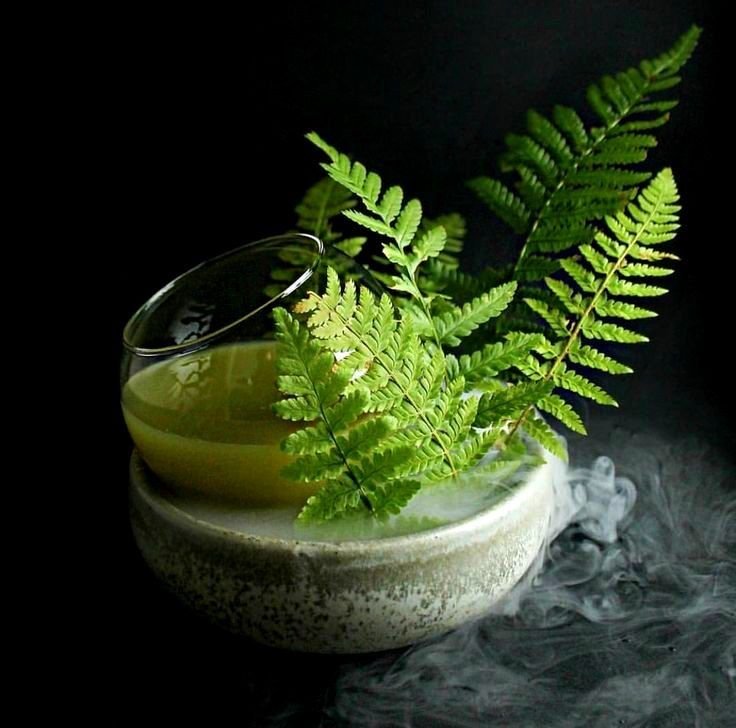
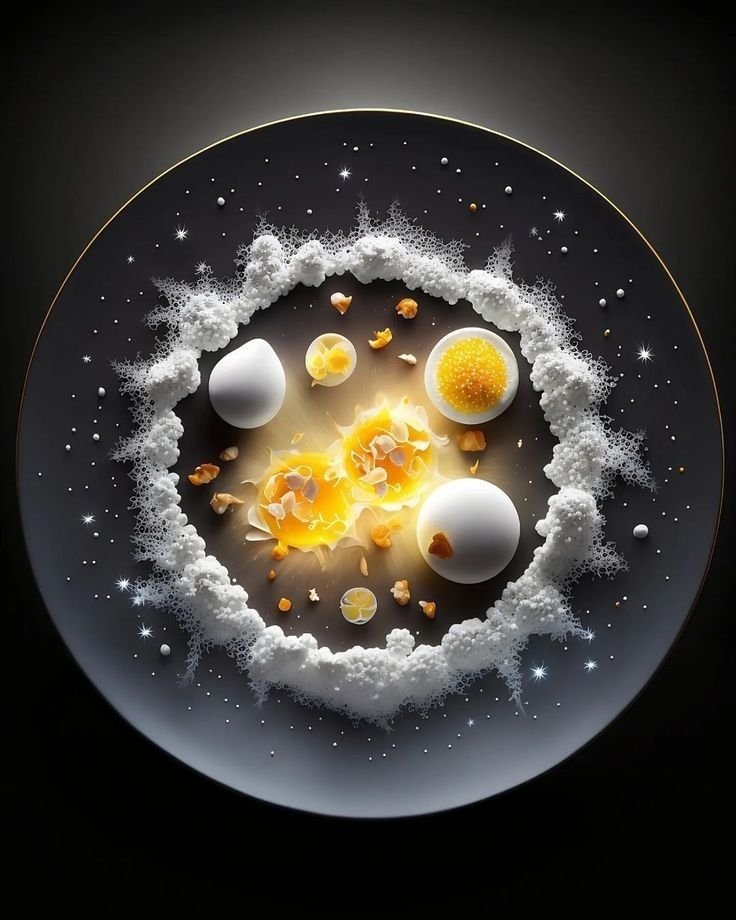
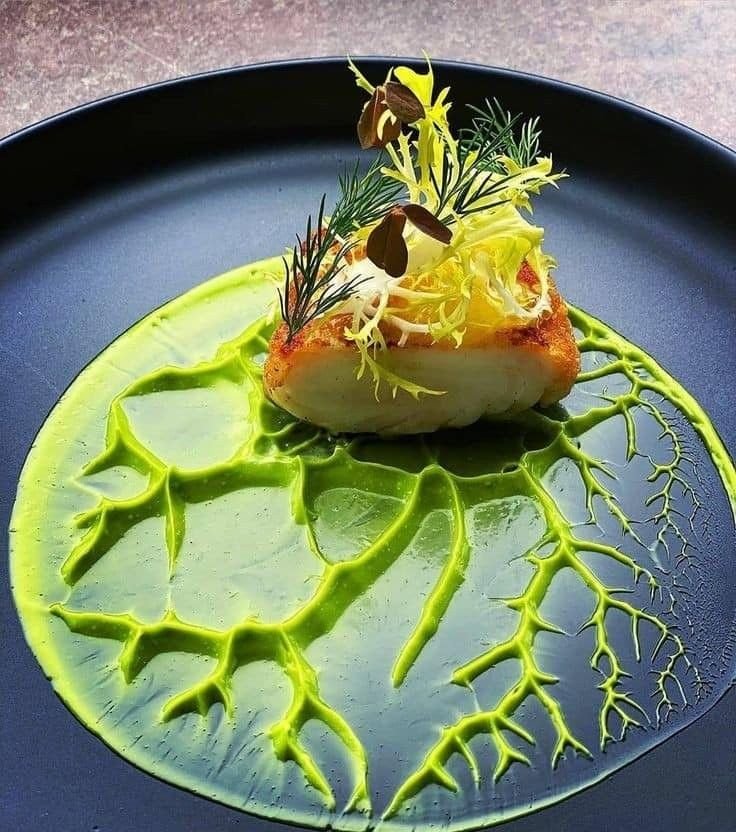
Molecular Gastronomy’s Influence on Modern Cooking
Molecular gastronomy combines science and cuisine, pushing the boundaries of traditional cooking methods. Chefs use techniques like spherification and foaming to create unique textures and presentations.
For instance, the use of liquid nitrogen allows for instant freezing, creating dishes that are visually stunning.
This movement encourages chefs to experiment with unexpected flavors and ingredients, leading to new culinary experiences. Modern kitchens often incorporate high-tech equipment, elevating the dining experience through precision and creativity.
Mole’s Role in Global Cuisine
Mole is a prime example of the fusion of traditional and modern culinary practices. Originating in Mexico, this sauce blends ingredients like chili peppers, chocolate, and spices. Its complexity makes it a versatile component in many dishes.
Across the globe, chefs adopt mole in various recipes, enhancing flavors in both traditional and contemporary meals.
Innovative interpretations of mole appear in fine dining, showcasing its adaptability. The resurgence of interest in authentic and artisanal foods has also contributed to mole’s popularity.
As a result, mole bridges cultural gaps, making it a staple in diverse culinary traditions.
Preparing and Tasting Mole
Mole is a rich, complex sauce from Mexico. Preparing mole involves several steps that require attention to detail.
Ingredients typically include:
- Dried chiles (like ancho, pasilla, or chipotle)
- Nuts (almonds or peanuts)
- Seeds (sesame or pumpkin)
- Spices (cinnamon, cloves, or cumin)
- Chocolate
- Aromatics (onion and garlic)
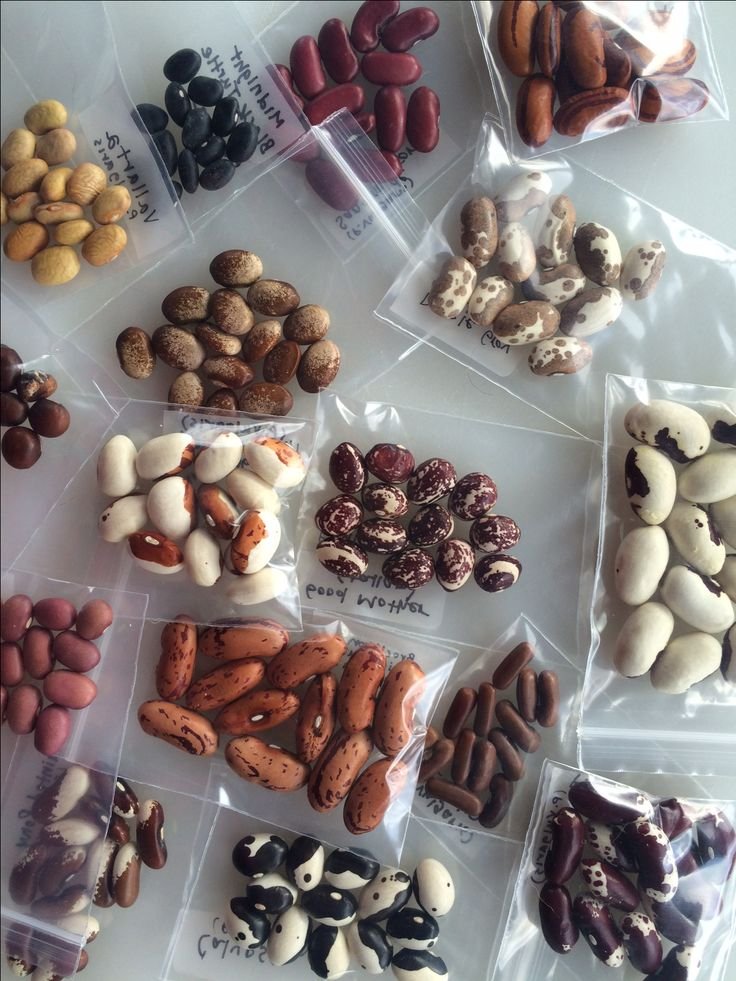
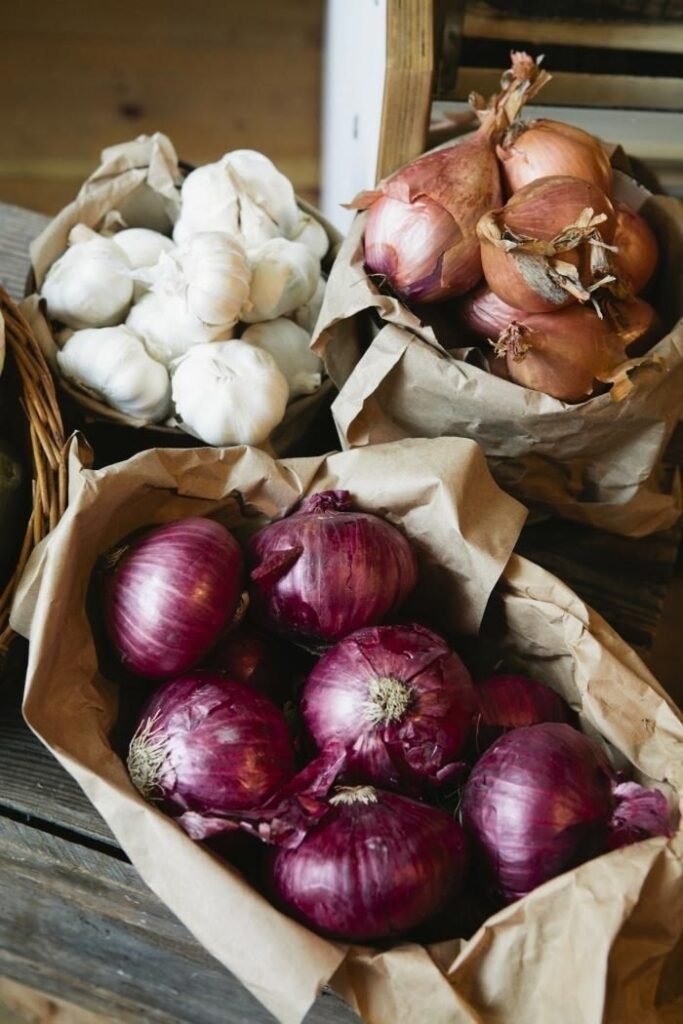
Start by toasting the dried chiles, nuts, and seeds. This enhances their flavors. After toasting, soak the chiles in warm water for about 30 minutes.
Next, blend the softened chiles with the other ingredients until smooth. A powerful blender or food processor will give the best results. Adjust the texture with broth to achieve the desired consistency.
When cooking the mole, simmer it slowly. This allows the flavors to meld beautifully. Taste frequently and adjust seasoning as necessary.
Tasting mole is an experience. The first bite reveals deep, complex flavors. Often, it combines spicy, sweet, and earthy notes.
Mole pairs well with various dishes. It can complement grilled meats, enchiladas, or even roasted vegetables. Each tasting may highlight different flavor profiles.
By preparing and tasting mole, one appreciates its cultural significance and culinary artistry. It transforms simple ingredients into a memorable meal.
Understanding Flavor Profiles
Flavor profiles encompass the range of tastes and aromas present in food. Each profile is a combination of various elements that create a unique sensory experience.
Common flavor components include:
- Sweet
- Savory
- Sour
- Bitter
- Umami
Molecular gastronomy takes these principles and enhances them. Techniques like spherification and emulsification allow chefs to manipulate flavors at a molecular level. This process results in unexpected taste experiences.
Textures also impact flavor perception. A crunchy bite can enhance sweetness, while creaminess may amplify umami. Thus, the mouthfeel significantly influences how flavors are enjoyed.
Pairing complementary flavors is another crucial aspect. For instance, pairing chocolate with salt accentuates its richness. Similarly, acidic elements like citrus can brighten heavier dishes.
Chefs often utilize various herbs and spices to create complex profiles. Each herb contributes distinct notes, enriching the overall flavor experience.
Factors like temperature and presentation also play a role. A warm dish might enhance aroma, while vibrant plating can stimulate appetite.
In molecular cuisine, the understanding of these profiles helps chefs innovate. They bridge traditions with modern techniques for new culinary experiences.
The Art of Presentation in Molecular Gastronomy
Molecular gastronomy combines science and art. Presentation plays a crucial role in this culinary field. It transforms simple dishes into visually stunning experiences.
Chefs often utilize innovative plating techniques. They use tools like squeeze bottles and pipettes to create intricate designs. This attention to detail elevates the dining experience.
Color contrasts are essential. Bright elements can accentuate darker components. This approach adds vibrancy to a plate
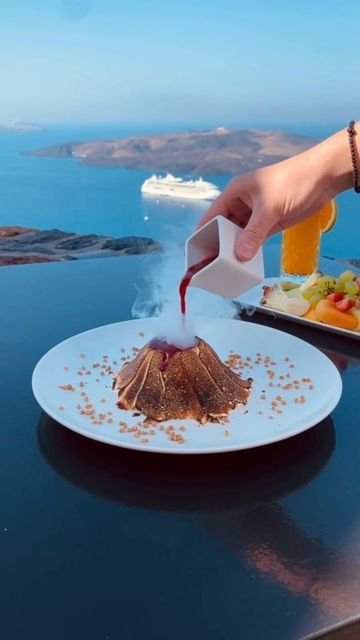
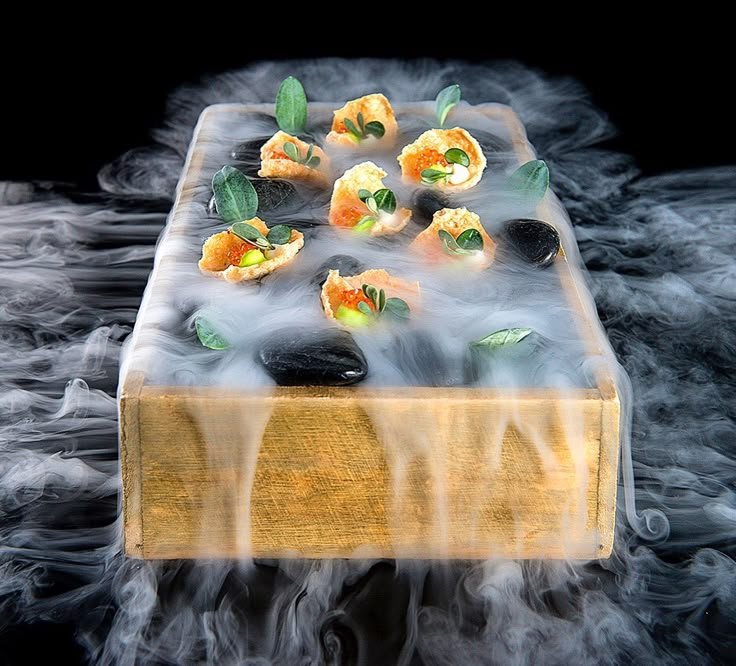
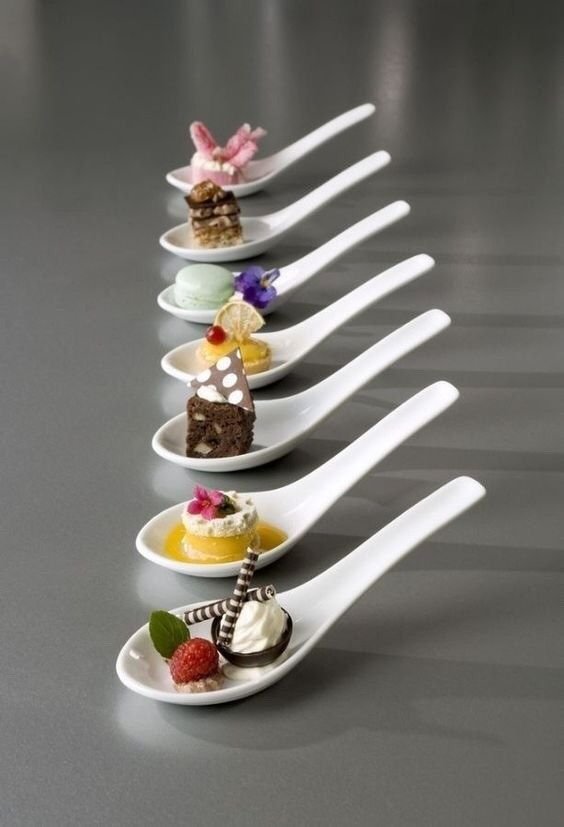
Textures also matter significantly. Chefs may incorporate various elements, such as crunchy, smooth, or foamy components. This variety keeps the palate engaged.
Plate shapes influence perception. Unique dishware can enhance the appearance of food. It draws attention to the artistry involved in each creation.
Additionally, light effects can enhance presentation. Using proper lighting highlights the colors and textures of dishes. It creates an inviting atmosphere.
Finally, storytelling through food contributes to the experience. Each plate may evoke memories or emotions. This connection enhances not only taste but also the overall dining experience.
